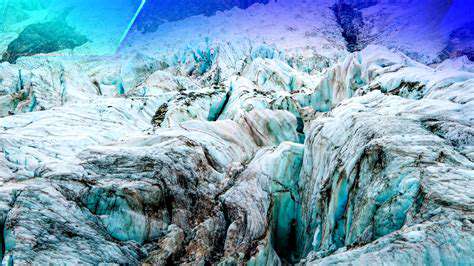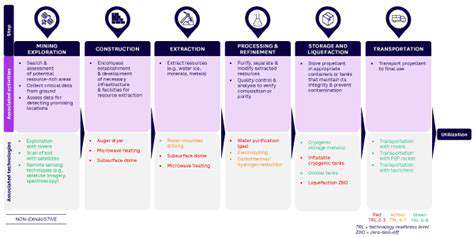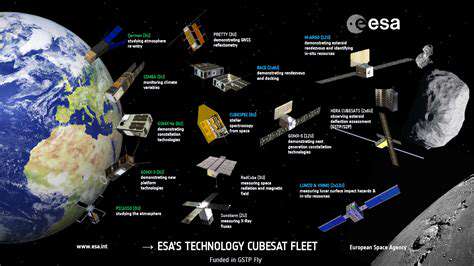Modern wildlife research has been transformed by satellite telemetry, which offers groundbreaking insights into animal movements. By deploying compact satellite tags on animals, scientists can now observe their journeys across vast distances and extended timeframes. This method reveals hidden details about migration corridors, resting points, and how environmental shifts influence these patterns. Such aerial monitoring is indispensable for studying species' adaptations to evolving ecosystems.
Pinpoint accuracy from satellite data helps identify vital locations like breeding sites and feeding zones. Conservationists rely on this intel to safeguard essential habitats that migratory species depend on. Additionally, tracking migration schedules exposes potential dangers these animals encounter during their travels.
Environmental Influences on Migration
Researchers now merge animal movement data with environmental variables like weather systems and resource availability. This synthesis illuminates the delicate balance between wildlife and their ecosystems, offering profound understanding of behavioral ecology.
Consider how shifting rainfall patterns alter water sources - satellite observations show how species modify their routes accordingly. Such knowledge proves critical for anticipating climate change impacts and shaping protective measures.
Conservation Applications of Satellite Data
Satellite intelligence directly informs habitat protection strategies for wetlands, forests, and coastal regions along migration paths. By decoding species-specific requirements, conservation programs can target their efforts more precisely.
The technology also pinpoints where human activities like logging or construction endanger wildlife, enabling preventive actions. This data-driven approach elevates conservation from guesswork to science, ensuring more effective protection measures.
Monitoring Population Dynamics and Health
Long-term satellite tracking reveals population trends, distribution changes, and reproductive success rates. Some advanced tags even collect physiological data like body temperature, offering windows into animal wellbeing.
These biomarkers help scientists assess how environmental pressures affect health and lifespan. Such granular data forms the foundation for biologically sound conservation policies.
Predictive Modeling and Future Research
The satellite data deluge enables predictive models forecasting migration changes amid environmental shifts. These tools prove invaluable for preparing conservation responses to climate challenges.
Emerging technologies promise even deeper insights as satellite systems integrate with environmental sensors and genetic analysis. This multidisciplinary approach will revolutionize wildlife management in our rapidly changing world.
The Future of Satellite Tracking in Wildlife Conservation
Satellite Tracking: Enhancing Global Connectivity
Rapid satellite technology advancements are creating new possibilities across multiple sectors. From disaster response to ecological studies, these innovations are rewriting operational paradigms. Enhanced precision and live data streams enable smarter resource allocation and faster emergency responses.
The technology's applications span weather monitoring to marine conservation, providing crucial intelligence for environmental stewardship and sustainable development.
Advanced Tracking Technologies
The satellite landscape is undergoing radical transformation through miniaturization and constellation networks. These developments deliver comprehensive coverage and superior data quality, facilitating high-definition imaging and instantaneous data transfer from any global location.
Artificial intelligence integration represents another leap forward, enabling sophisticated analysis of massive datasets for more reliable forecasting and interpretation.
Applications in Various Fields
Satellite tracking permeates diverse industries with transformative effects. Agriculture benefits through livestock monitoring and crop optimization, while maritime operations gain enhanced navigation safety.
This technology has become the backbone of global supply chains, streamlining cargo movements while reducing operational risks across international trade routes.
Economic Implications
The satellite tracking revolution carries substantial economic consequences. Efficiency gains in logistics and farming translate to cost reductions and output improvements, stimulating job creation and market expansion.
The commercial potential of satellite-derived analytics represents a trillion-dollar opportunity, offering governments and corporations unprecedented strategic insights that will redefine multiple industries.
Environmental Impact
While delivering immense benefits, satellite networks require environmental responsibility. The challenges of space debris and launch emissions demand sustainable engineering solutions.
Eco-conscious satellite design and end-of-life protocols are non-negotiable for maintaining the technology's net positive impact. Forward-thinking policies must ensure orbital activities don't compromise terrestrial or celestial environments.











